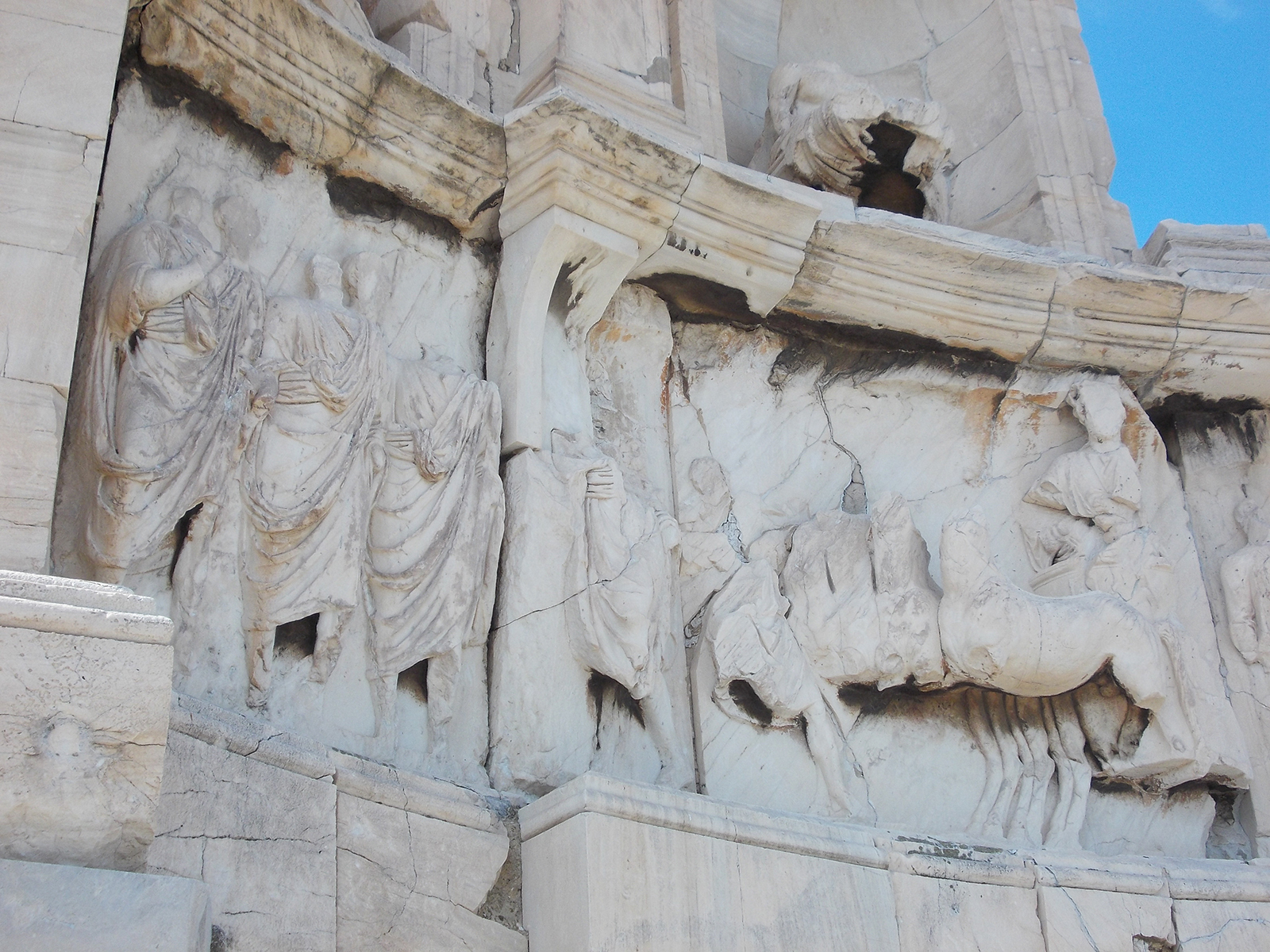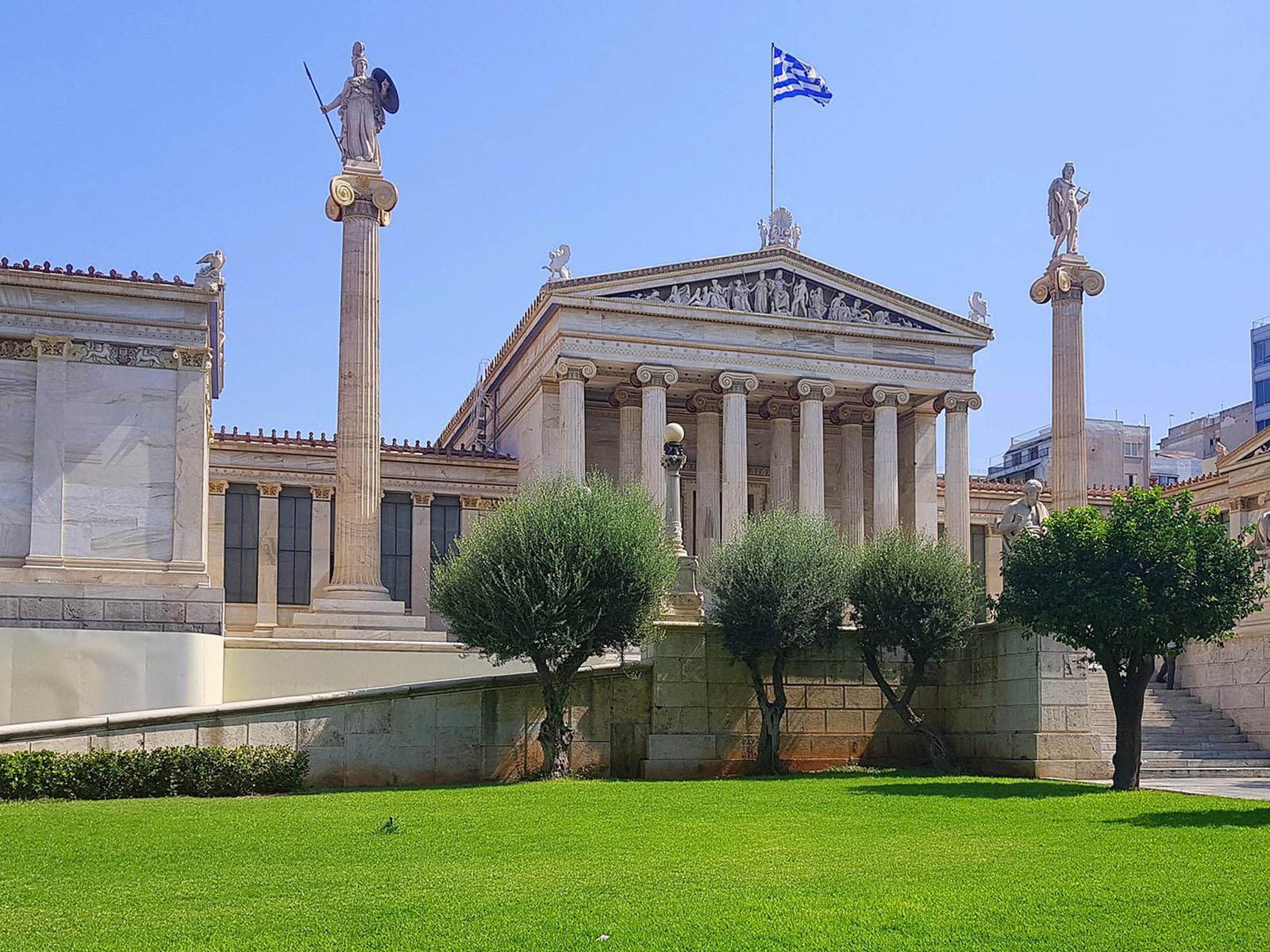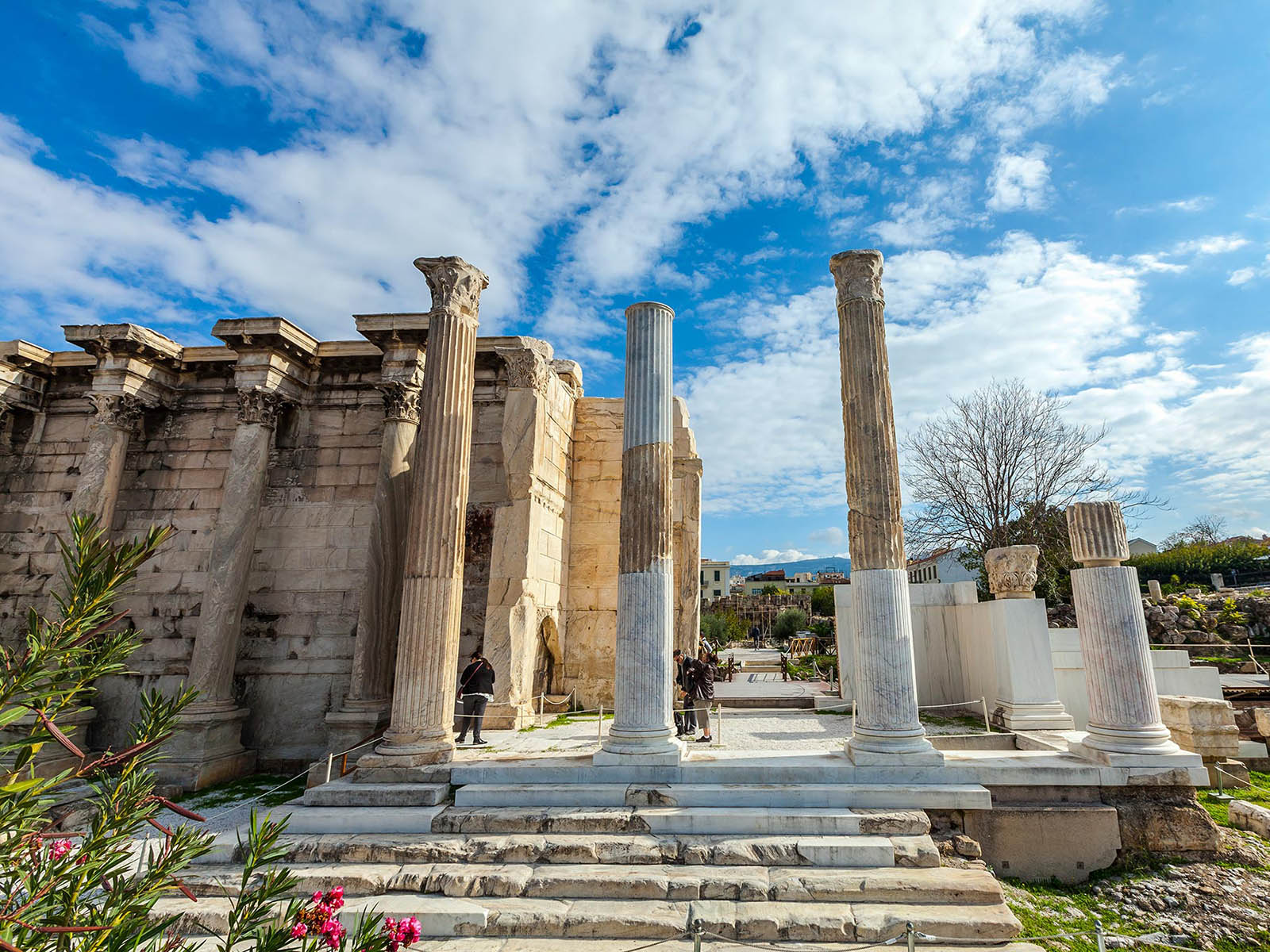THE MOST IMPORTANT SIGHTS IN ATHENS!
Everything you need to see in the historic center of the capital
The Acropolis
No.1 in a list of Athens landmarks has to be the Acropolis. It’s the city’s Sacred Rock and the cultural trademark of Greece. In fact, little has changed as it was the standout Athens monument in ancient times, especially when with the Parthenon (dedicated to Athena, the goddess of wisdom and protector of the city) was added by Pericles in the 5th century BC. You’ll see the Acropolis from so many different vantage points on your walk, and each time you’ll marvel at how the marble changes shade at different times of the day. The Acropolis has witnessed every changing face of Athens since antiquity and she’s still there, a fitting monument to this great city and willing to share her story with everyone who wants to listen.
The Odeon of Herodes Atticus
The Temple of Olympian Zeus
The Panathenaic Stadium

Filopappou Monument & Pnyx

The Academy of Athens & National Library



